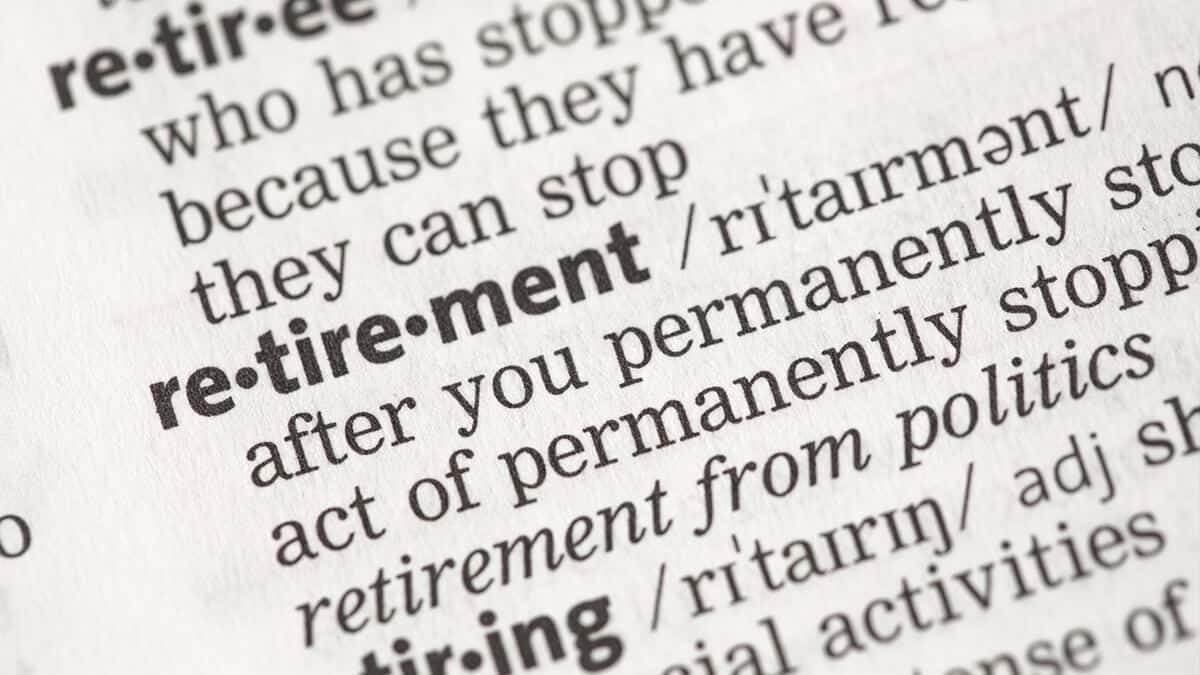In this guide
Other than in exceptional circumstances, the earliest you can access the retirement savings you have accumulated in super is when you reach your preservation age.
Your preservation age depends on your date of birth, as outlined below.
| Date of birth | Preservation age |
|---|---|
| Before 1 July 1960 | 55 |
| 1 July 1960 – 30 June 1961 | 56 |
| 1 July 1961 – 30 June 1962 | 57 |
| 1 July 1962 – 30 June 1963 | 58 |
| 1 July 1963 – 30 June 1964 | 59 |
| From 1 July 1964 | 60 |
On 1 July 2024, preservation age reached 60 for any person who had not already attained it. At the same time, any person who had previously reached preservation age was at least 60 years old.
This means that if you are 60 or more, you have reached your preservation age. If you are under 60, you have not.
What does preservation age mean?
Preservation age is so-called because your super benefits are usually ‘preserved’, or locked away, until you reach your preservation age. Super benefits are simply the sum of all contributions made by you or your employer over the years, less fees and taxes, plus investment earnings.
If you made voluntary contributions to super before 1 July 1999, you may have some non-preserved benefits that can be accessed without reaching preservation age or meeting any special conditions. Any non-preserved amount will appear on your super statements. Just to confuse matters, your preservation age is different from the Age Pension eligibility age. The Age Pension eligibility age depended on your date of birth but increased to 67 from 1 July 2023. The preservation age for all Australians is therefore much lower than the Age Pension eligibility age.
It’s also important to understand that your preservation age is also not necessarily your retirement age, though it can be if you choose.
What can you do when you reach preservation age?
To access preserved super, you need to use a condition of release. The conditions of release that require you to have reached preservation age are:
- Retirement
- Transition to retirement
- Reaching age 65.
You can meet the retirement condition of release by leaving a job after you turn 60 (even if you intend to work again), or by stating you are permanently retired from the workforce and have reached your preservation age. Meeting this condition of release allows you to access any amount of your super, up to your whole balance. You can use it to start a retirement income stream, take a lump sum or a combination of both.
Anyone who has reached preservation age but can’t meet the retirement condition of release can use the transition-to-retirement condition of release. Transition to retirement allows you to start an income stream (pension) that has a maximum annual withdrawal of 10% of its balance.
Turning 65 means you meet the age 65 condition of release and gain unrestricted access to your super even if you are still working.
How can you access your super before preservation age?
You can access part of your super prior to reaching your preservation age in special circumstances, such as:
- If you become permanently incapacitated or terminally ill
- If you’re suffering severe financial hardship
- On compassionate grounds
- Accessing voluntary savings to buy your first home using the First Home Super Saver Scheme
- You were a temporary resident and have left the country.
The bottom line
Reaching your preservation age provides you with options to potentially access your super. Accessing your super is a major financial decision so it’s recommended you seek independent, professional financial advice. An adviser can help you determine when you should access your super and the best way to do it, based on your individual circumstances.
The information contained in this article is general in nature.







Leave a comment
You must be a SuperGuide member and logged in to add a comment or question.